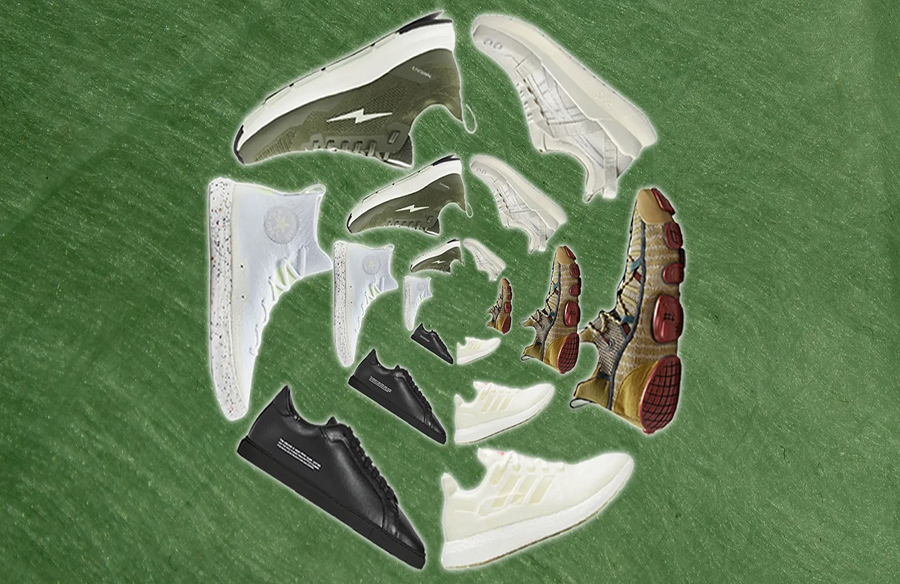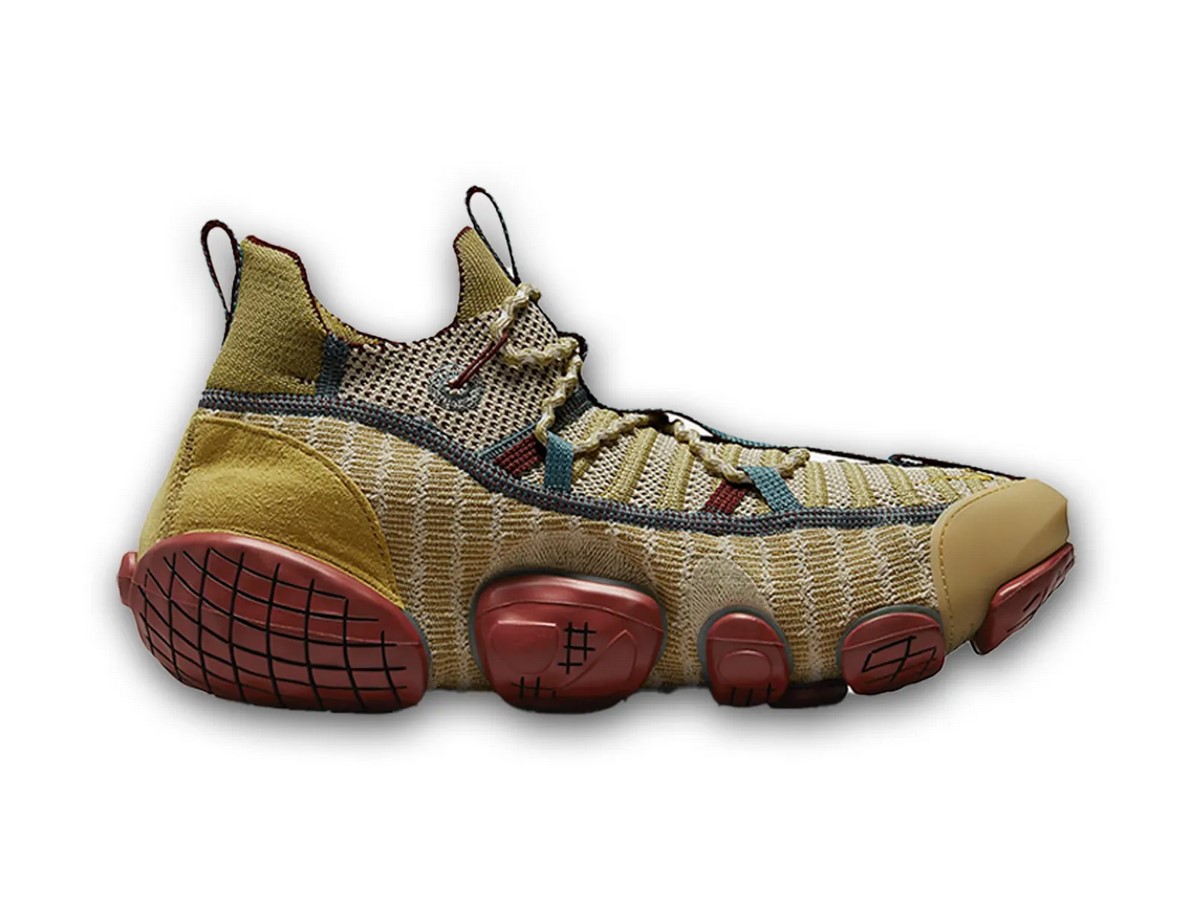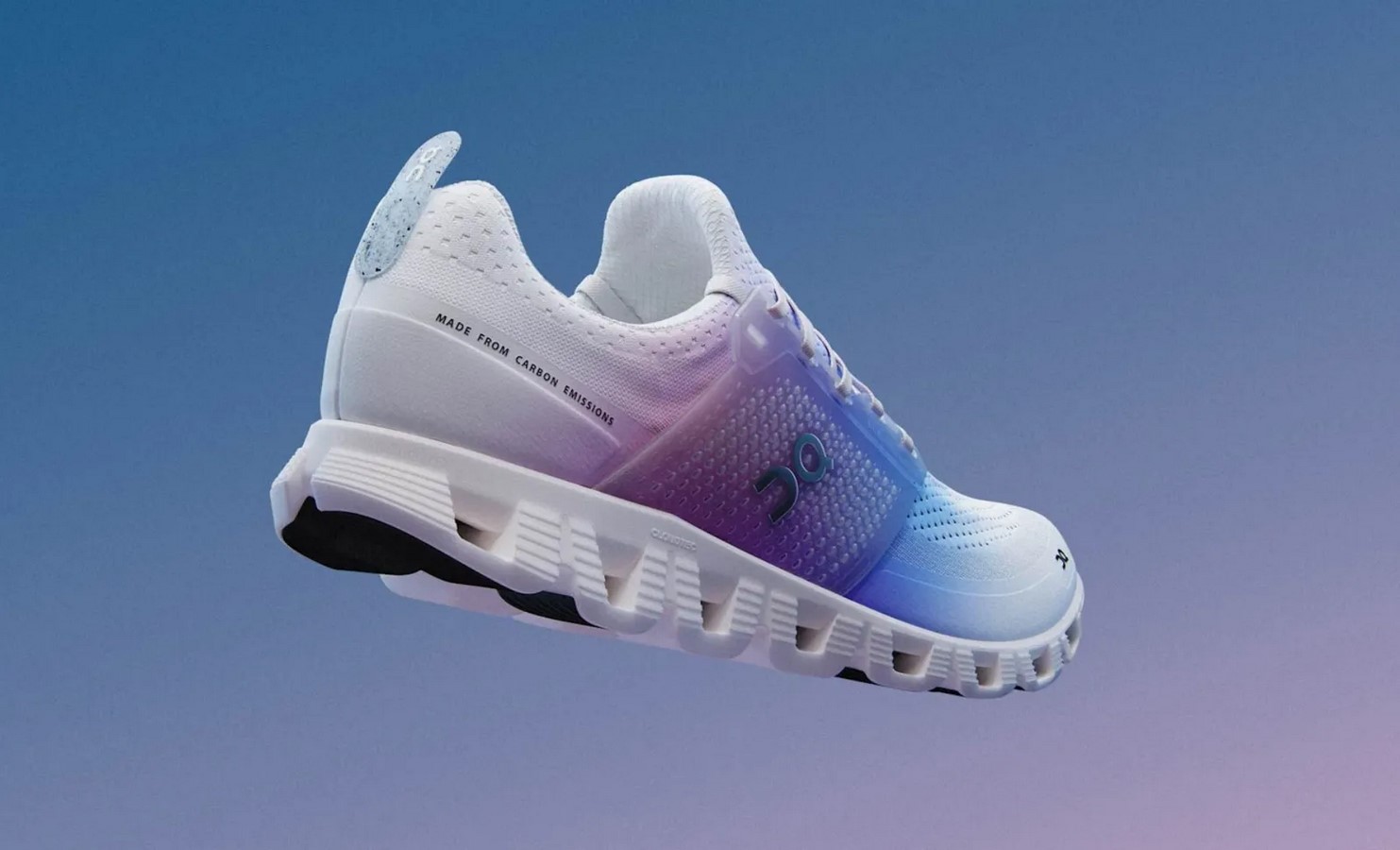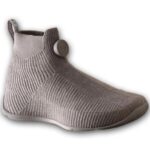
Understanding the Complexity
Buying sustainable sneakers has become akin to navigating a labyrinth of eco-friendly options, with choices ranging from vegan leather to recycled materials and innovative outsoles. While the plethora of alternatives may seem overwhelming, the quest for sustainability in footwear is driven by a crucial imperative: mitigating the environmental impact of the fashion industry.

The Environmental Footprint of Sneakers
Sneakers, despite their seemingly innocuous nature, leave a significant carbon footprint throughout their lifecycle. From manufacturing processes that emit CO2 to the disposal of non-recyclable materials, the environmental toll of producing sneakers is substantial. With billions of pairs manufactured annually and a vast majority ending up in landfills, the urgency to adopt sustainable practices in sneaker production is evident.
Pursuit of Greener Alternatives
In response to growing environmental concerns, sneaker brands are innovating and introducing eco-friendly alternatives. From Adidas’ “fully recyclable” Futurecraft.loop series to Nike’s detachable sole designs, the industry is witnessing a wave of sustainable initiatives. Materials such as factory scraps, corn-based components, and biodegradable options are gaining traction as brands strive to reduce their ecological footprint.
Assessing the True Sustainability
Despite the proliferation of eco-friendly claims, discerning the genuinely sustainable options can be challenging. Terms like “vegan leather” often mask the presence of polyurethane, while recycled materials may still shed microplastics during wear. The need for transparent and verifiable sustainability standards is paramount to ensure consumers make informed choices.

Shifting Focus to Climate Impact
Recent efforts in sustainable sneaker design are increasingly focused on addressing the climate impact of footwear production itself. Initiatives like Adidas’ Futurecraft.footprint and Allbirds’ M0.0NSHOT prioritize reducing carbon emissions throughout the shoe’s lifecycle. By leveraging carbon-negative materials and sustainable manufacturing processes, these shoes aim to set a new standard for environmental responsibility.
Innovative Solutions and Challenges Ahead
Innovations such as On Running’s Cloudprime, featuring a sole made from captured carbon emissions, showcase the potential for groundbreaking solutions. However, challenges remain, particularly regarding the scalability of circular fashion models and the need for large-scale infrastructure to support recycling efforts. Achieving meaningful progress in reducing fashion’s climate impact requires collaboration, innovation, and systemic change.
The Path Forward
While sustainable sneaker options continue to evolve, consumers can contribute to reducing their carbon footprint by making conscious choices. Opting for plant-based fibers, supporting brands with transparent sustainability practices, and considering second-hand options are effective ways to minimize environmental impact. Ultimately, fostering a culture of responsible consumption and extending the lifespan of products are crucial steps towards a more sustainable future.













Leave a Reply